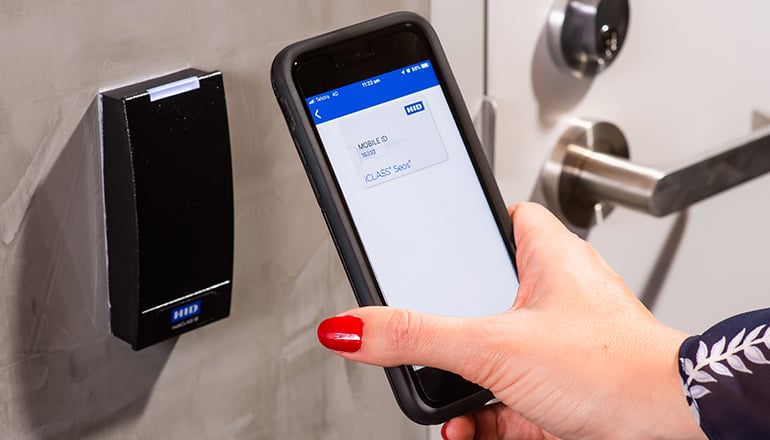Access control trends for 2021
Whether it’s monitoring and restricting building access for COVID-19 controls, or protecting information security, access control has never been more important.
The goal is to selectively restrict user access to a place or resource and thereby reduce threats. Understanding the various modes of identifying and controlling user access can benefit your organisation’s security program and significantly reduce risk. Read on for the latest access control techniques that will strengthen your security systems.
What are the issues with access control?
Access control is mainly about determining identity, whether physically or digitally, and allocating access to a place or information. Businesses currently face issues trying to keep up with increasing vulnerabilities, such as new bypassing techniques and changing privileges.
Integrating with legacy systems or taking advantage of new technologies make it hard for businesses to update their systems. Another pain point is user convenience, which can affect whether or not a user decides to follow security rules or avoid the system all together.
The rise of mobile credentials

The undeniable ubiquity of mobile phones has made mobile-based credentials increasingly popular and evolved our sense of physical security. The convenience and extra security of Bluetooth technology makes this an easy choice for businesses wanting to move way from legacy systems, such as key cards.
It’s worth noting that mobile credentials can transition to wearable devices as we put phone capabilities into wristwatches, earbuds, and clothing.
Scaling control with cloud computing
Emerging as a new trend, cloud-based controls can manage multiple sites under one system and enhance oversight of operational improvements. A business can regulate the permissions and monitor access to business data.
Limitless scalability is possible without compromising security or convenience, which makes this an optimal option for midsize to large companies.
Biometric solutions facilitating ‘zero touch’ access

Biometric readers scan distinguishing characteristics such as blood flow, fingerprints, and iris patterns. Popular for physical access to buildings, biometric solutions are fast and work best for large traffic areas such as doors, lifts, and gates.
Face and iris recognition have emerged as ‘zero touch’ and frictionless forms of access control that suit COVID-19 restrictions. Future projections will merge biometric solutions with implantable devices.
Deploying updates with subscription-based business models
Access control has traditionally existed in the form of one-time hardware sales models for businesses. Now there’s a shift towards subscription-based models so that updates and patches can be distributed efficiently.
The model also gives businesses the chance to be flexible and maintain more control over security practices.
Balancing security and convenience with multi-factor authentication
Combining digital and physical identity, multi-factor authentication utilises two or more forms of proving identity. It often utilises mobile phone ubiquity with other forms of authentication such as biometrics or PIN.
Frequently used by consumers for changing passwords or doing online transactions, the familiarity makes it a convenient approach for businesses to adopt across other access points.
Explore your access control options with Wilson Security
Ultimately, access control is an initial line of defence that you need to consider to protect your company assets, especially with the digital transformation of physical access. Our expertise at Wilson Security is relevant to enhancing an organisation’s first line of defence. Get in touch with today to enhance your security program.


